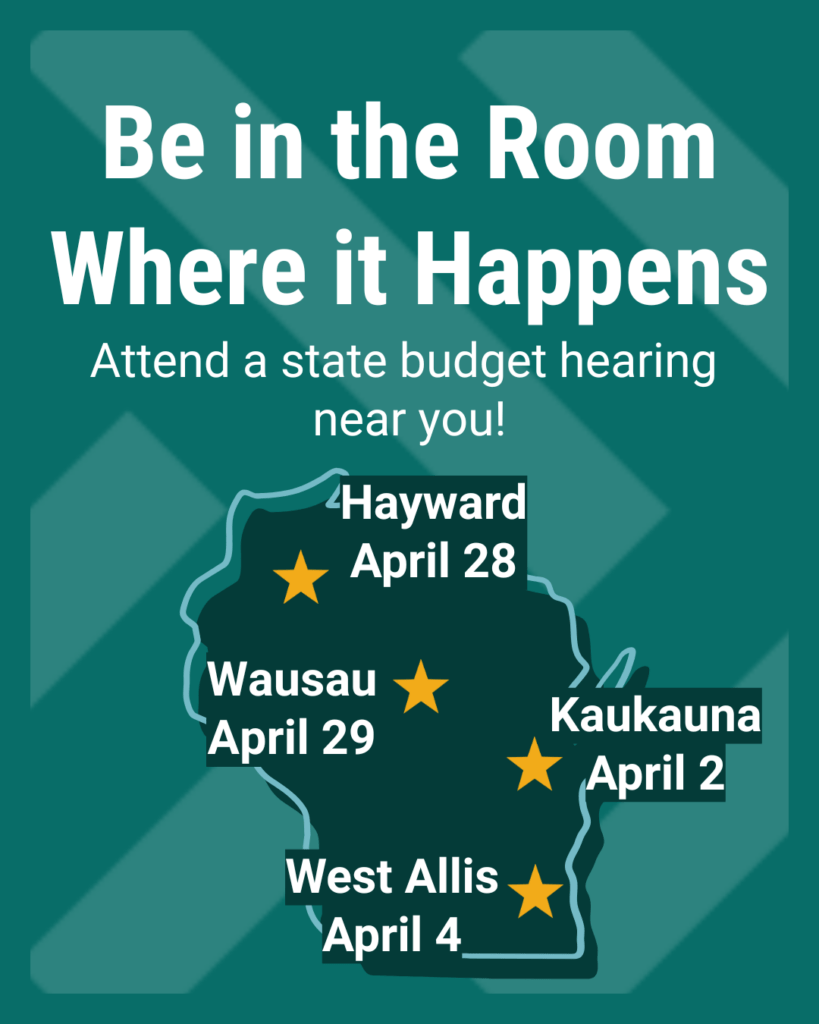For Wisconsin to have a well-educated and skilled workforce, we need to invest resources to make sure that every student has access to an excellent public education. But Wisconsin’s public school districts still get less state support than they did a decade ago despite recent increases, a new analysis from the Wisconsin Budget Project shows.
Wisconsin state tax revenues are coming in higher than originally anticipated, an estimate released last week showed, meaning that the state will have an additional $452 million in public resources to work with beyond what was originally counted on when the budget was finalized, even after making a significant deposit to the state’s rainy day fund. This additional revenue represents an opportunity for lawmakers to address the chronic underfunding of Wisconsin’s public schools.
One reason state aid for school districts still hasn’t caught up to where it was a decade ago is that lawmakers have allocated an increasing amount of public resources to tax cuts, many of which disproportionately benefit the wealthy and well-connected. Severe cuts to education were made in 2011, in the aftermath of the Great Recession and during a time of decreased tax revenue. But as the economy improved, state lawmakers focused on continuing to cut taxes rather than restoring state support to educate students in Wisconsin’s school districts.

That same pattern of prioritizing tax cuts for the wealthy over kids’ education may play out again this year. Some legislative leaders have said that they would rather use the additional tax revenue announced last week to cut taxes – again – than to address areas of urgent need that improve the well-being of Wisconsin families, like investing in public school districts, early education, or in the state’s higher education systems.
Wasteful tax cuts that funnel money to those who need it the least are one of the main reasons that Wisconsin is spending less on public education than a decade ago, but it is not the only reason. Another reason is that the state has fueled the growth of separate school systems that are funded in part by reducing resources for public school districts. The transfer of state aid from school districts to private and independent charter schools represents a relatively small share of overall state aid for public schools at this point, but that share has grown rapidly and is projected to swell in the future.

To make sure that the doors of opportunity are open to everyone, Wisconsin needs to make sure that students from across the state, and particularly those in communities furthest from opportunity, have equitable access to academic and educational resources. With state aid for public school districts still below the levels of a decade ago, Wisconsin will struggle to provide students with an exceptional public school education that they can use as a foundation for success later in life.



